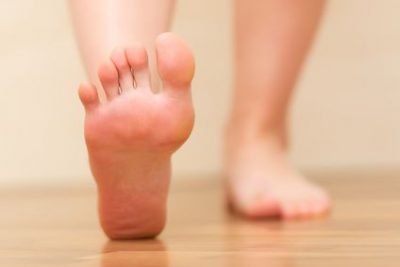MIS Surgery, the definitive treatment to correct lower limb deformities

MIS Surgery, “Minimally Invasive Surgery”, also known as “percutaneous surgery”, refers to a set of surgical techniques through small incisions, no greater than 5 mm, allowing access to deeper tissues and bone to perform corrections of various foot deformities.
The peculiarity of this technique is that damage is minimal, as it uses specific instruments that allow seeing the bones without opening the skin. This technique has the ability not to damage adjacent structures and leaves no unsightly scars.
Another peculiarity is that this technique does not affect the circulatory system in patients suffering deterioration thereof. This is the surgery of choice for patients where there is a deficit of peripheral circulation, diabetes or systemic diseases or if these are compromised.
In addition, no needles or screws are used, due to the special configuration and implementation of the techniques and to the functional dressings used in the post-surgery period. With all this, patients will be able to walk out of the surgery without needing prolonged immobilisation.
This type of surgery is used when conservative treatments have failed and there is a risk of causing further alterations if the deformity is not corrected.
MIS surgery allows us to correct deformities are prevalent among general population, such as:
- Interdigital or sac-like helomas, by condylar compression: Known commonly as “corns between the toes”.
- Digital Exostosis: These can occur anywhere and are small bony protuberances that cause pain and deformity.
- Toes alterations: Claw, mallet or hammer toes, curved toes (clinodactyly) and overlapping toes (supraductus or infraductus), diseases that cause toe deformities and pain by rubbing with footwear.
- Hallux valgus: “Bunions” can appear on the first radio or first toe as interphalangeal hallux valgus.
- Tailor’s bunions: Produced by the deviation of the fifth toe.
- Metatalsalgia: Forefoot pain caused by mechanical overload.
- Plantar fasciitis and heel spurs: Both are the source of plantar pain, more accentuated with the first steps of the day.
The advantage of this type of surgery is that it allows corrections with optimal results for the patient, who recovers in less postoperative time, allowing a faster return to their normal daily activities. Therefore, more and more patients are encouraged to undergo the procedure to relieve foot ailments and an improved quality of life.


